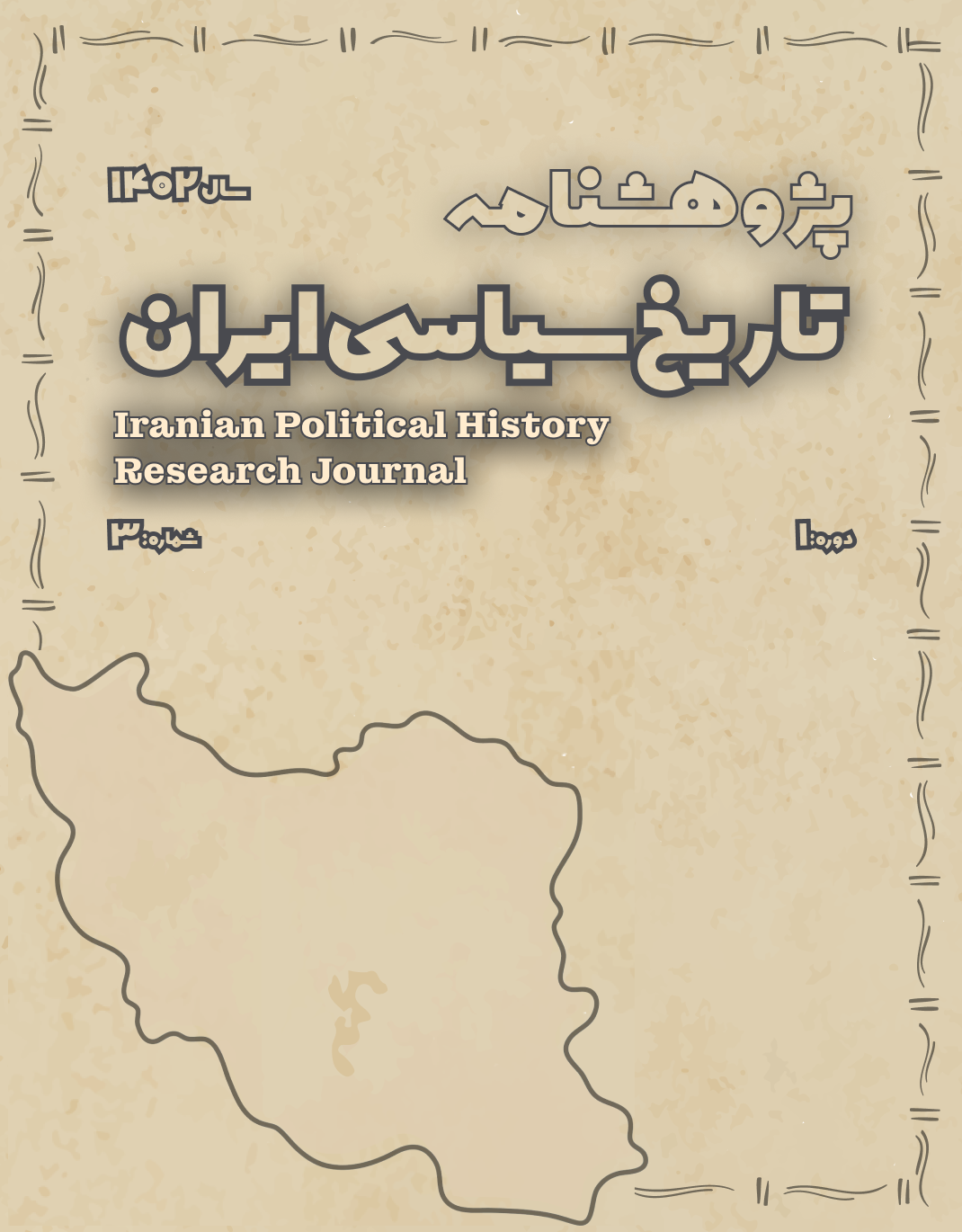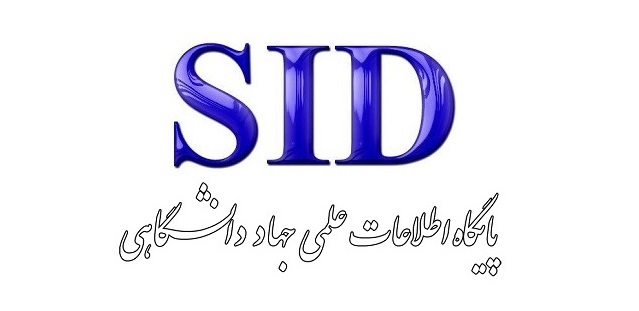The Political Discourse of Sultan Mahmud of Ghazni: From the Indian Campaigns to Caliphate-Based Legitimacy
Keywords:
Sultan Mahmud of Ghazni, Caliphate-Based Legitimacy, Historical Discourse Analysis, Indian Campaigns, Sacred Jihad, Khutbah and Coinage, Power DiscourseAbstract
This study aims to analyze the political discourse of Sultan Mahmud of Ghazni by examining the link between his military conquests and caliphate-based legitimacy. Utilizing the critical discourse analysis approach and examining primary historical sources such as Tarikh-e Bayhaqi, Zayn al-Akhbar, Tarikh-e Yamini, and Al-Kamil fi al-Tarikh, the research explores the linguistic, symbolic, and ideological dimensions of Sultan Mahmud’s quest for legitimacy. Findings reveal that the Indian campaigns were represented in historical texts not merely as acts of conquest, but as sacred jihad, religious triumph, and support for the Abbasid Caliphate. Extensive use of religious vocabulary such as “Nasir al-Din,” metaphors like “Sword of the State,” and the deployment of symbolic tools such as the Friday sermon (khutbah) and coinage, created a discourse that sanctified Mahmud’s political rule. This study demonstrates that language and historical narration played a crucial role in consolidating political power, with Mahmud skillfully utilizing existing discursive mechanisms to legitimize his sovereignty. The novelty of this research lies in its critical focus on the linguistic and metaphorical layers of Ghaznavid caliphate-oriented discourse, offering deeper insight into the mechanisms of political legitimacy in medieval Islamic politics. The findings also provide a comparative framework for future studies of legitimacy discourses in other Islamic states.
Downloads
References
Barthold, V. V. (1968). Turkestan down to the Mongol invasion (H. Minorsky, Trans.). Luzac.
Bayhaqi, A. (1956). Tarikh-e Bayhaqi. Tehran: Amir Kabir Publications.
Bosworth, C. E. (1963). The Ghaznavids: Their empire in Afghanistan and eastern Iran 994–1040. Edinburgh University Press.
Bosworth, C. E. (1975). The Later Ghaznavids: Splendour and decay. Columbia University Press.
Crone, P. (2003). Medieval Islamic political thought. Edinburgh University Press.
Fairclough, N. (1995). Critical discourse analysis: The critical study of language. Longman.
Flood, F. B. (2009). Objects of Translation: Material Culture and Medieval "Hindu-Muslim" Encounter. Princeton University Press.
Gardizi, A. (1960). Zayn al-Akhbar. Tehran: Bonyad-e Farhang-e Iran.
Kennedy, H. (2004). The Prophet and the Age of the Caliphates: The Islamic Near East from the Sixth to the Eleventh Century. Pearson Education.
Lambton, A. K. S. (1981). State and Government in Medieval Islam. Oxford University Press.
Mottahedeh, R. (2001). Loyalty and Leadership in an Early Islamic Society. I.B. Tauris.
Utbi, A. (1968). Tarikh-e Yamini. (M. Fayyaz, Ed.). Tehran: Bongah-e Tarjomeh va Nashr-e Ketab.
Van Dijk, T. A. (1998). Ideology: A multidisciplinary approach. Sage Publications.









